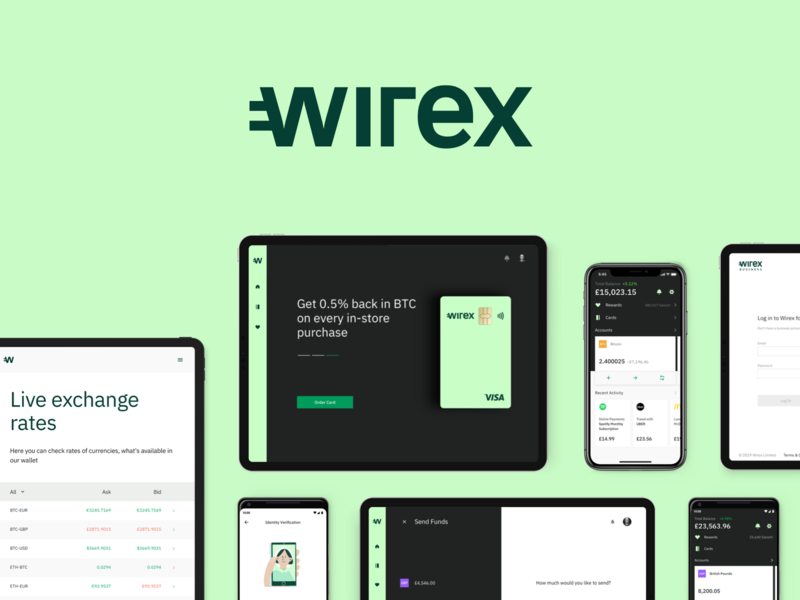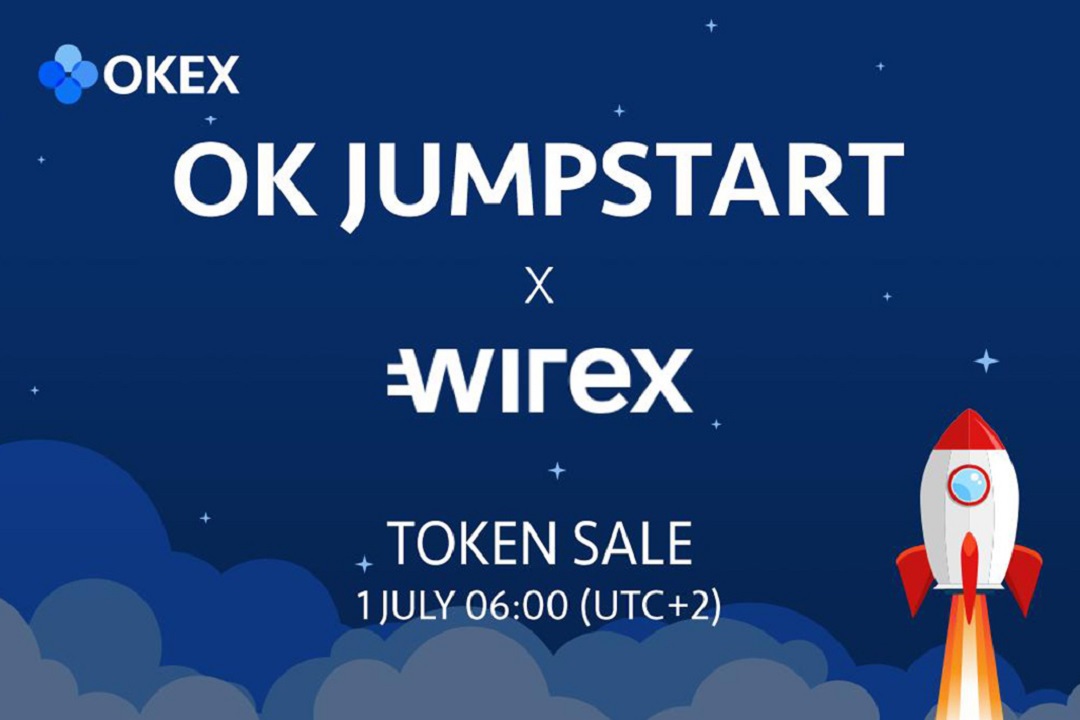International payment and crypto service Wirex has enjoyed a productive year. Over the course of 2019, partnerships have been formed, a native token (WXT) released and the Wirex website and card completely redesigned. With the firm’s reach rapidly growing, CEO and co-founder Pavel Matveev has no plans to rest on his laurels. On the contrary, he’s convinced 2020 will be the company’s best year yet. In an interview with news.Bitcoin.com, the Wirex CEO shed light on user metrics and divulged the company’s expansion plans.
Also read: Bybit CEO Ben Zhou on Crypto Derivatives and Market Predictions for 2020
Simplifying Crypto Transactions
U.K.-based fintech company Wirex, which integrates crypto into a single payment platform, has come a long way since its foundation in 2014. As well as multi-currency accounts and transfer/exchange services accessible via its app, Wirex was the first to launch a contactless Visa debit card, allowing users to convert and spend their crypto wherever Visa is accepted. Just five years since its inception, Wirex boasts over three million customers in 130 countries, and has processed over $2 billion of transactions. At its core, the hybrid fiat and crypto-powered banking alternative seeks to eliminate traditional barriers and drive down currency exchange costs.

“2019 was a monumental year for us,” says Pavel Matveev. “Linking up with Stellar, one of the most innovative blockchain projects in the industry, was something of a game-changer. As well as letting our users access lumens (XLM), we will become the first regulated platform to release 26 fiat-pegged stablecoins on the Stellar blockchain, enabling us to service the unbanked. Previously the number of cryptocurrencies we offered stood at eight.
“These are stablecoins that can be spent using the Wirex card, whether you’re in a shop, restaurant or supermarket. By building stablecoins in multiple local currencies, we will eliminate the pain points associated with international remittance and cut out local liquidity providers.”
Matveev doesn’t expect regulators to get in the way of realizing this vision: “We have already received lots of enquiries from regulators trying to educate themselves about emerging technologies and their potential use in the payment space. They appreciate the transformative potential of stablecoins.”

An IEO That Didn’t Tank
Perhaps the biggest milestone for Wirex in 2019 was the release of its WXT utility token, issued, in keeping with the times, via an initial exchange offering. WXT was sold through Okex’s Jumpstart programme, and unlike most IEOs, WXT has actually earned its holders a return on their investment (2.75x in BTC terms). WXT holders are entitled to lower Wirex fees, higher reward earnings (up from 0.5% to 1.5%) and a premium Wirex Visa card.
“Releasing the Wirex Token was a natural evolution for us, it was about giving our users convenience while incentivizing them to grow the digital economy,” explains Matveev. “This was also the case when we introduced interbank and OTC rates for fiat and crypto exchanges, and when we unveiled our multi-currency Wirex Visa travel card at the Singapore Fintech Festival.
“Speaking of which, hundreds of new customers have registered every day in the APAC region, which has been extremely heartening. Especially after the work that has gone into opening Wirex up to new territories.
“Offering a consistent product across such a vast region comprising culturally, economically and politically diverse nations requires lots of preparation and planning. Financial regulations – particularly those governing decentralized digital currency – differ from government to government, or are extremely vague. We owe a lot to the diligent work of our compliance and legal departments.”

User Metrics and Future Plans
Regulatory box-ticking is as likely to define 2020, as Wirex seeks to broaden its reach by entering Canada, the U.S. and Japan. While the Wirex wallet is currently available in the former, the card has yet to be rolled out there. As for Japan, Wirex already holds a type 2 licence for crypto, and expects to soon obtain a full type 1 licence from the FSA.
At present, 25% of all Wirex transactions are recorded in the UK, its CEO reveals, followed by Italy with 13%, Spain and Germany with almost 10%, and France with 7%. Unsurprisingly, BTC is the most traded currency, representing close to 70% of all crypto exchanges – and nearly 50% of all (fiat and crypto) currency transactions.

Despite many governments sounding optimistic notes regarding adoption of blockchain tech, for the most part 2019 was a quiet year for the crypto market. Not that Wirex noticed. “Believe it or not, the highest exchange in Wirex history was recorded this year, with one transaction close to $40K equivalent,” says Matveev. “Our engagement with the B2B market, as well as its continuous effort to source the best exchange and OTC liquidity, means it’s unlikely the record will stand for very long.”
With the release of 26 stablecoins, a Japanese venture and an ever-evolving business product to refine, plus increasing competition from within and outside the cryptosphere, Wirex will have their hands full in 2020.
Disclaimer: This article is for informational purposes only. It is not an offer or solicitation of an offer to buy or sell, or a recommendation, endorsement, or sponsorship of any products, services, or companies. Bitcoin.com does not provide investment, tax, legal, or accounting advice. Neither the company nor the author is responsible, directly or indirectly, for any damage or loss caused or alleged to be caused by or in connection with the use of or reliance on any content, goods or services mentioned in this article.
Images courtesy of Shutterstock.
Did you know you can verify any unconfirmed Bitcoin transaction with our Bitcoin Block Explorer tool? Simply complete a Bitcoin address search to view it on the blockchain. Plus, visit our Bitcoin Charts to see what’s happening in the industry.
The post Wirex CEO Pavel Matveev Shares Expansion Plans for 2020 appeared first on Bitcoin News.
Powered by WPeMatico
